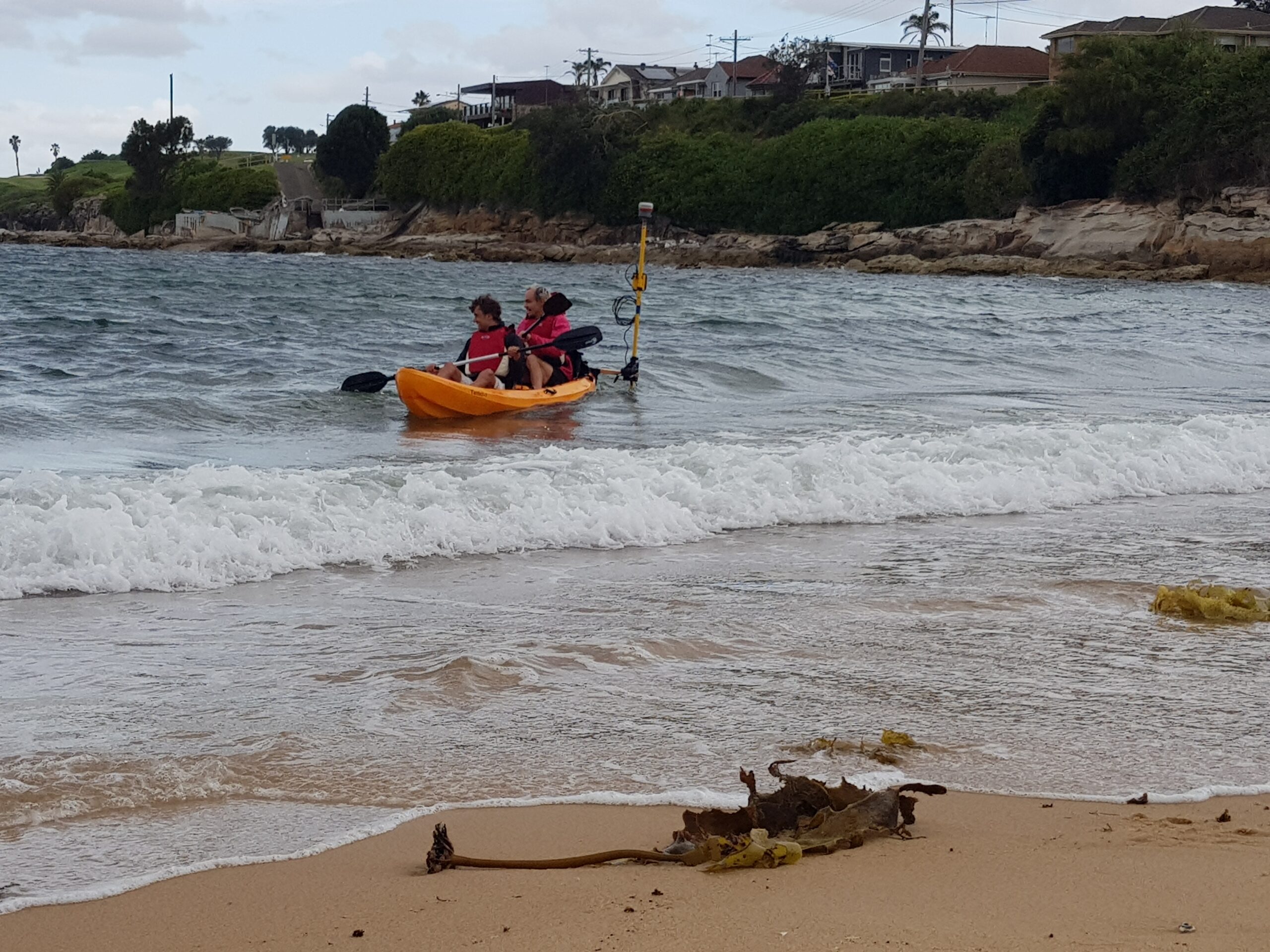THE PROBLEM
Sandy beaches in estuaries and bayes (BEBs) front and protect many coastal properties and infrastructures in the world. Many major cities have been built around estuaries. One example is Sydney, where three estuaries are the core of some of the most densely populated and developed parts of the city: Botany Bay, Port Jackson (Sydney Harbour), and The Pittwater (Broken Bay).
The nature of estuarine beaches and their critical functions vary with distance from the mouth of the estuary, which is the source of wave and tidal energy, as well as often the dominant source of sand. Little research has been done in this field.
The management of sandy beaches is underpinned by morphodynamic classification models that were developed for “high energy” sandy beaches – beaches exposed to the full force of ocean swell (open ocean beaches). These models provide the framework for predicting beach response, for example to coastal engineering intervention, or to changes in wave energy and sea level (climate change!).
Results from few published studies suggest that the wave energy gradient inside estuaries is the major control on the morphodynamics of sandy estuarine beaches. And that further research focused around this gradient is necessary to establish a final classification model for estuarine beaches that can inform management directed at sustaining beneficial roles of these beaches as storm buffers, recreational facilities, wildlife habitat, and protection of critical coastal wetlands.
THE RESEARCH
Join us at the Geocoastal Research Group to investigate BEBs morphodynamics, evolution, and response to climate change. We are part of an expanding international consortium studying BEBs in Australia, New Zealand, Brazil, USA and Spain. We have multiple projects in different BEBs including Port Hacking, Kamay (Aboriginal name of Botany Bay), Sydney Harbour, and The Pittwater. We collaborate with NSW State Government and several local councils.
– Beach surveying using state-of-the-art techniques such as RTK or drones.
– Beach bathymetry using kayaks fitted with echosounders and RTKs
– Sediment analyses and sediment transport studies
– Hydrodynamic measurements waves and currents
– Decadal and seasonal studies using GIS RECENT
PUBLICATIONS
Fellowes, TE, Vila-Concejo,A, Gallop, SL, Harley, MD, Short, AD, In Press, Wave shadow zones as a primary control of storm erosion and recovery on embayed beaches. Geomorphology.
Fellowes TE, Vila-Concejo A, Gallop SL. Schosberg R, de Staercke V, Largier JL., 2021. Decadal shoreline erosion and recovery of beaches in modified and natural estuaries. Geomorphology, 390, 107884 https://doi.org/10.1016/j.geomorph.2021.107884
Gallop, SL, Vila-Concejo, A, Fellowes, TE, Harley, MD, Rahbani, M, Largier, JL, 2020. Wave direction shift triggered severe erosion of beaches in estuaries and bays with limited post‐storm recovery. Earth Surface Processes and Landforms, 45(15), 3854-3868.
Rahbani, M*, Vila-Concejo, A*, Fellowes, TE, Gallop, SL, Winkler-Prins, L, Largier, JL, In Press, Spatial patterns in wave signatures on beaches in estuaries and bays. Geomorphology. *Equal contribution
Vila-Concejo, A, Gallop, SL, Largier, J, 2020. Sandy beaches in estuaries and bays. In: Sandy Beach Morphodynamics, Jackson, D and Short AD Eds, 343-362.
Contact
Contact: Dr Ana Vila-Concejo
Email: [email protected]
Phone: +61 2 9351 5190
Address: Room 450 , F09 – Madsen Building
School of Geosciences, The University of Sydney
Memberships:
Websites:
